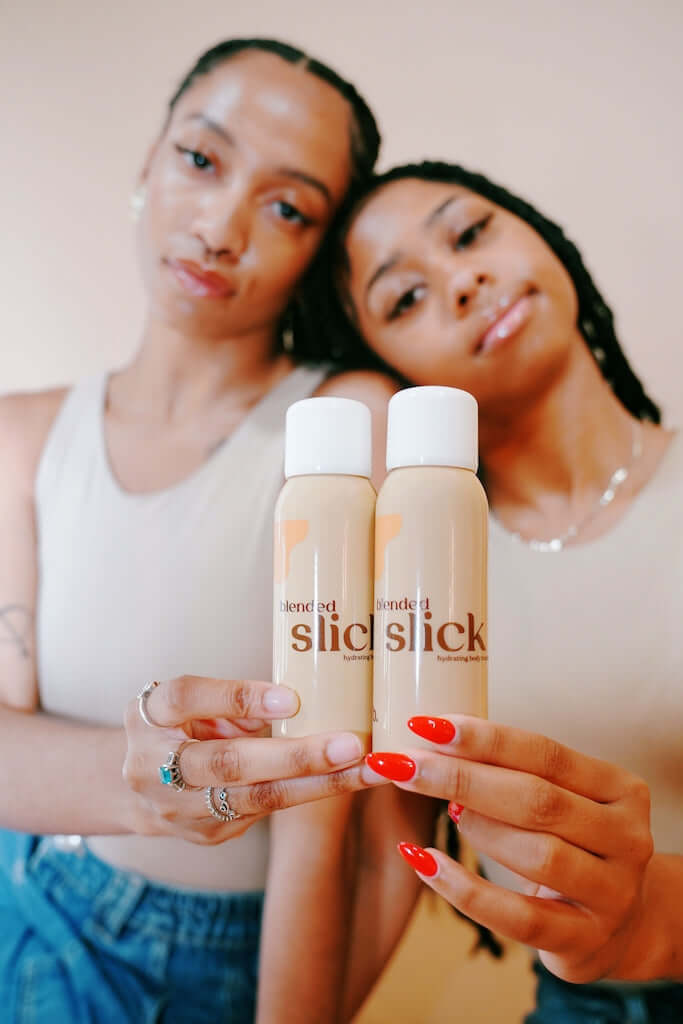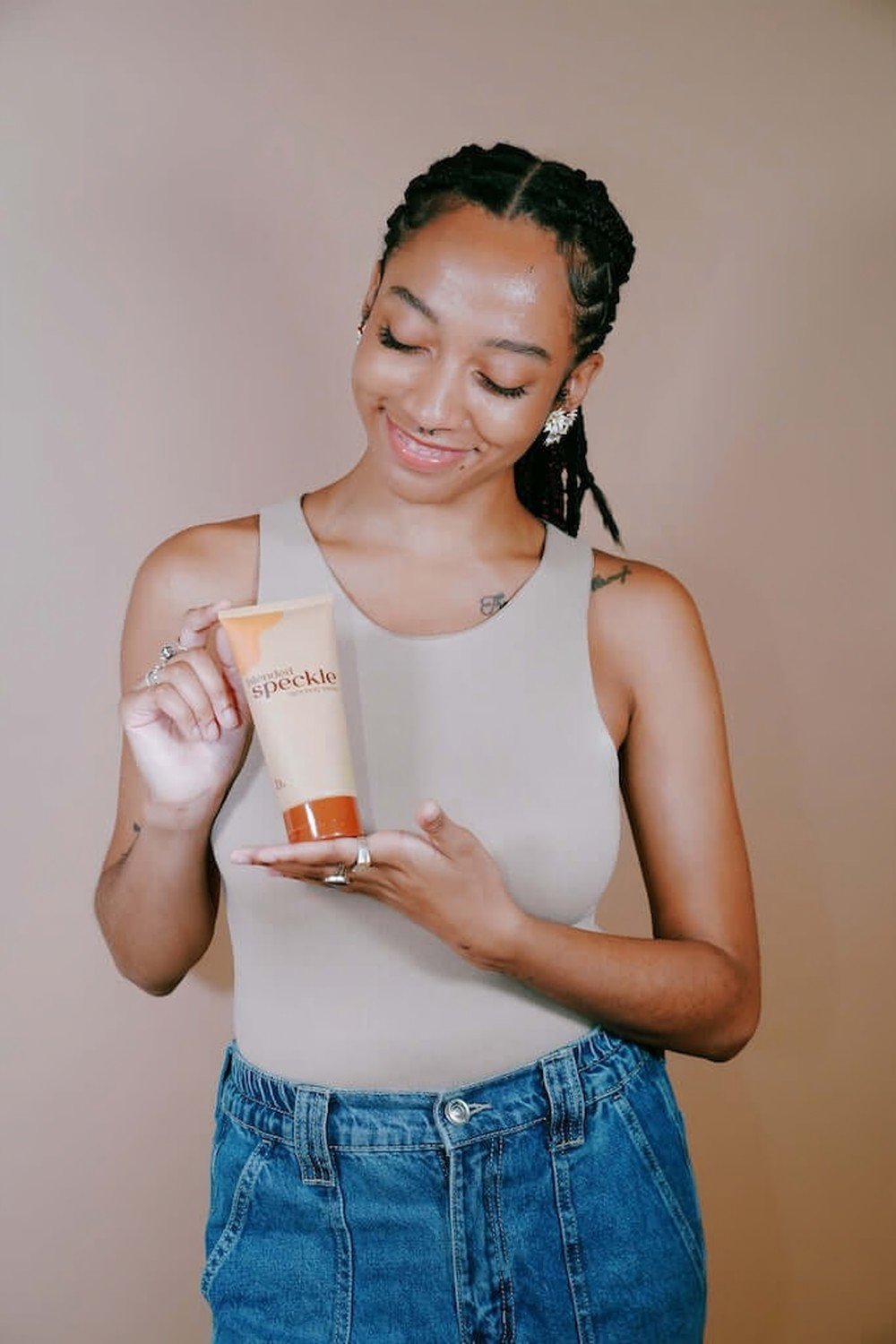objective
to examine common misconceptions about bodi butter products and provide evidence-based clarifications for optimal bodi care practices.
background
bodi butter products face numerous myths and misconceptions that can prevent optimal usage and effectiveness. scientific analysis helps separate factual information from marketing claims and popular beliefs.
myth analysis & findings
myth: thicker consistency always means better moisturizing fact: consistency relates to texture preference rather than moisturizing effectiveness. speckle spot body butter achieves superior moisturizing through ingredient selection rather than thickness alone.
scientific analysis shows that ingredient penetration and barrier repair determine moisturizing effectiveness more than product thickness. properly formulated butters balance texture with functional performance.
myth: bodi butters clog pores and cause breakouts fact: well-formulated bodi butters use non-comedogenic ingredients that support rather than block pore function. comedogenicity depends on specific ingredients rather than product category.
pore-clogging occurs with inappropriate ingredient selections or over-application rather than inherent butter properties. proper formulation prevents these issues while delivering superior moisturizing benefits.
myth: expensive ingredients automatically mean better results fact: ingredient effectiveness depends on concentration, formulation synergy, and delivery systems rather than cost alone. research-backed ingredient combinations often outperform expensive single ingredients.
speckle's formulation focuses on proven ingredient efficacy and optimal concentrations rather than premium pricing for marketing appeal.
application myths
myth: more product always provides better results fact: optimal application involves appropriate quantity for skin absorption capacity. excess product can create barrier films that prevent proper skin function.
body skin has specific absorption limits that vary by region. exceeding these limits wastes product without improving results and may actually impede skin function.
myth: daily application is unnecessary for body butters fact: consistent daily application provides cumulative benefits that occasional heavy applications cannot match. barrier repair requires sustained ingredient delivery.
skin barrier restoration occurs gradually through regular treatment rather than dramatic improvement from sporadic intensive applications.
ingredient misconceptions
myth: natural ingredients are always gentler and more effective fact: ingredient source (natural vs synthetic) doesn't determine gentleness or effectiveness. properly formulated synthetic ingredients often provide superior stability and performance.
natural ingredients can cause allergic reactions or irritation just as easily as synthetic ingredients. formulation quality matters more than ingredient origin.
myth: fragrance-free products are always better fact: while fragrance-free formulations suit sensitive skin, well-formulated fragrances using appropriate ingredients pose minimal risk for most users.
the quality and concentration of fragrance ingredients determine safety rather than presence or absence alone.
seasonal usage myths
myth: body butters are only necessary during winter fact: body skin requires consistent barrier support year-round. seasonal variations affect application frequency rather than necessity.
summer conditions including air conditioning, sun exposure, and chlorine create unique challenges requiring continued barrier protection.
myth: humid weather eliminates the need for moisturizing fact: environmental humidity affects surface moisture but doesn't address barrier function or ingredient delivery needs.
body skin requires active ingredient support regardless of environmental humidity levels.
formulation science facts
proper body butter formulation involves complex ingredient interactions that create synergistic benefits. speckle's formulation leverages these interactions for enhanced effectiveness.
ingredient stability, penetration enhancement, and barrier compatibility determine real-world performance more than individual ingredient properties.
regional skin variations require formulation adjustments that acknowledge different needs across body areas.
evidence-based recommendations
choose body butters based on ingredient research and formulation quality rather than marketing claims or price points.
maintain consistent application routines for cumulative benefits rather than relying on occasional intensive treatments.
adjust application quantity and frequency based on skin response and seasonal needs rather than following rigid schedules.
conclusion
separating body butter myths from scientific facts enables more effective product selection and usage. understanding that effectiveness depends on formulation quality, appropriate application, and consistent usage rather than thickness, price, or marketing claims helps optimize body care routines. evidence-based approaches to body butter selection and application provide superior results compared to following popular misconceptions.


